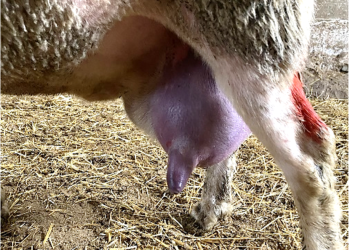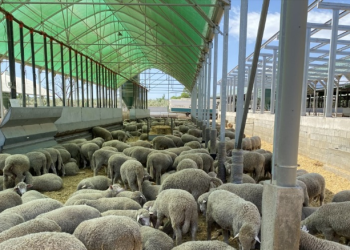In the following video, Santiago Casademunt, a veterinary surgeon with over 20 years of experience in the ruminant sector, will explain to us in detail the key concepts surrounding this disease and the control and preventive measures to keep in mind to reduce the financial impact that it can have on farming.
Clostridial disease and its distribution
Santiago Casademunt talks about this well known infectious disease and the classification of it based on the clinical signs displayed:
● Neurological
● Histological
● Gastrointestinal
“Controlling risk factors is always tricky, and is not feasible for some farms.”
Highlighting the main pathogenic characteristics that help us understand the Clostridial disease:
● Non-communicable infectious disease.
● The bacteria forms part of the animal microbiota.
● Toxin production causes the clinical signs.
The main species of Clostridia
The main species of clostridia involved in cases of clostridiosis in ruminants are examined, detailing the major risk factors and symptoms:
● Gastrointestinal: Clostridium septicum, sordellii and perfringens types B, C and D.
● Neurological: Clostridium tetani.
● Histological: Clostridium chauvoei, novyi type B.
Control and prevention
All of the measures for controlling and preventing this disease are discussed in this section; they are based on three major pillars:
● Management
● Nutrition
● Vaccination
Conclusion
Clostridiosis is a disease with a global distribution and it is very well known among livestock owners, veterinary surgeons and professionals in the sector of ruminants in general.
It is thought that the first case was reported over 300 years ago and that sheep, goat and bovine livestock owners have always had to cope with this disease.
“Vaccination of the entire flock or herd is crucial for reducing the number of cases at the farm.”
Although eradicating it is impossible, due to the fact that the pathogens involved form part of the animal gut microbiota and because of the difficulty in controlling the risk factors, thanks to the implementation of certain measures for the management, nutrition control and vaccination of the entire flock/herd, we are able to achieve a considerable reduction in the incidence of this disease in farming.


